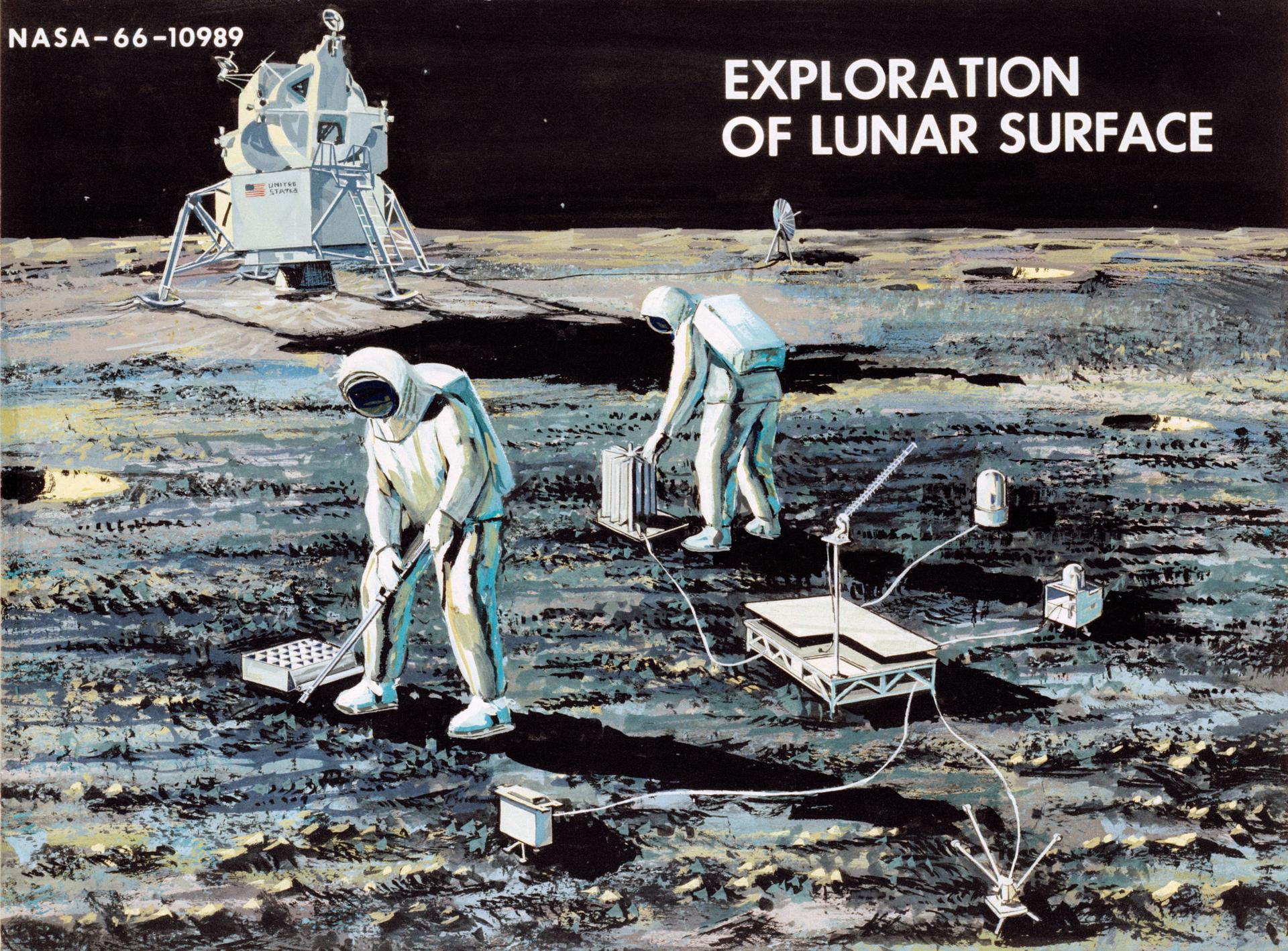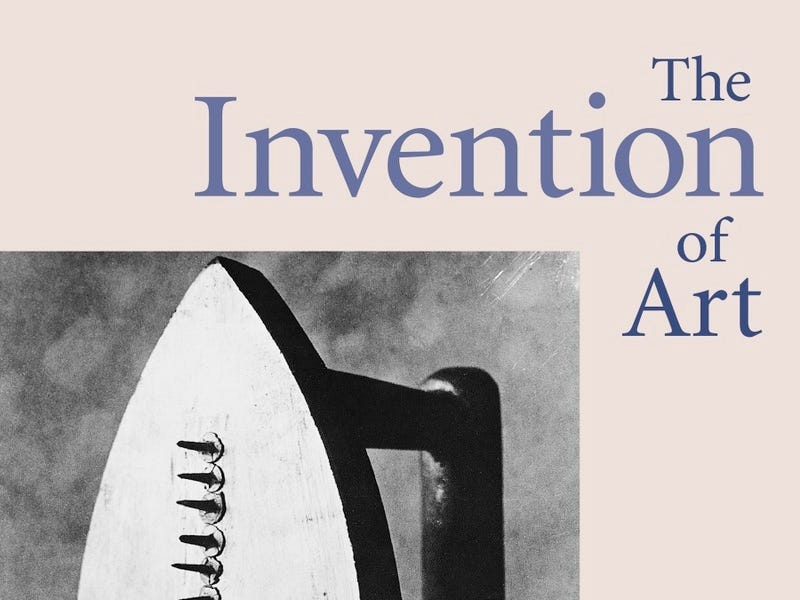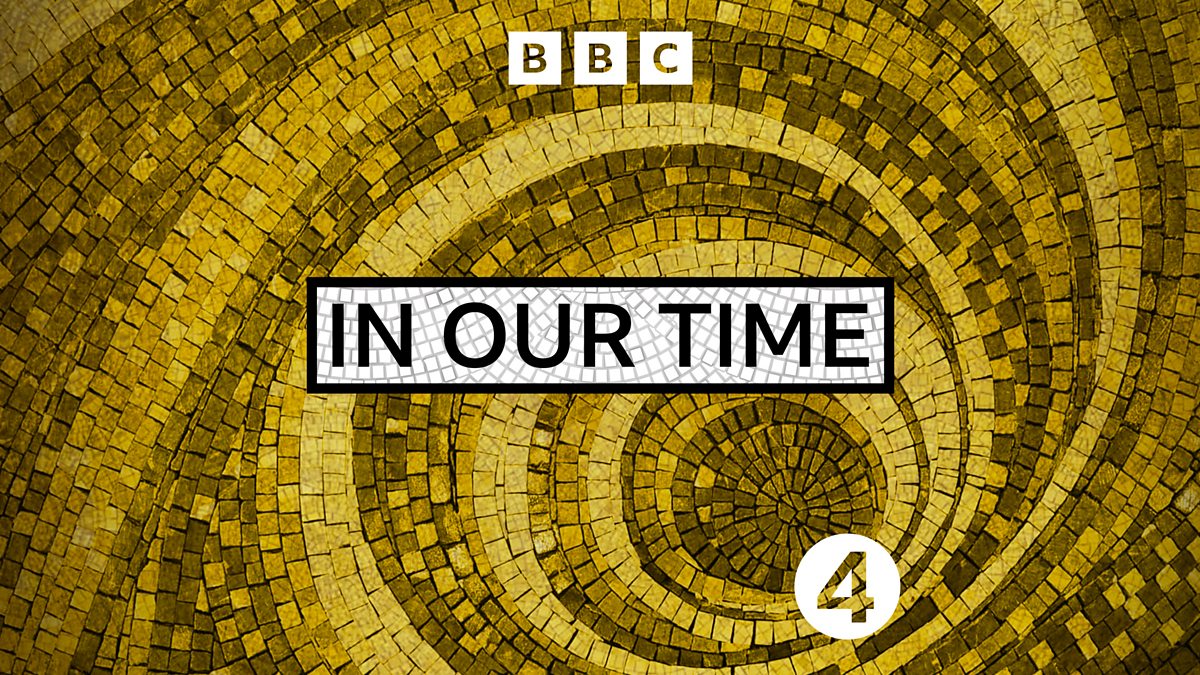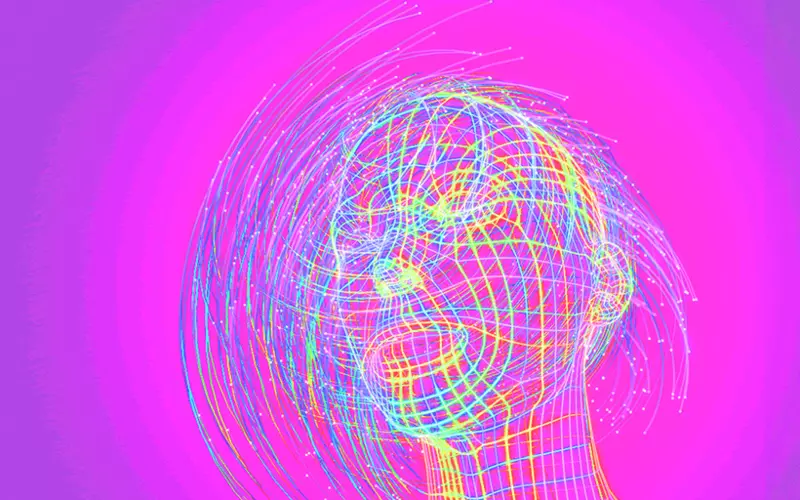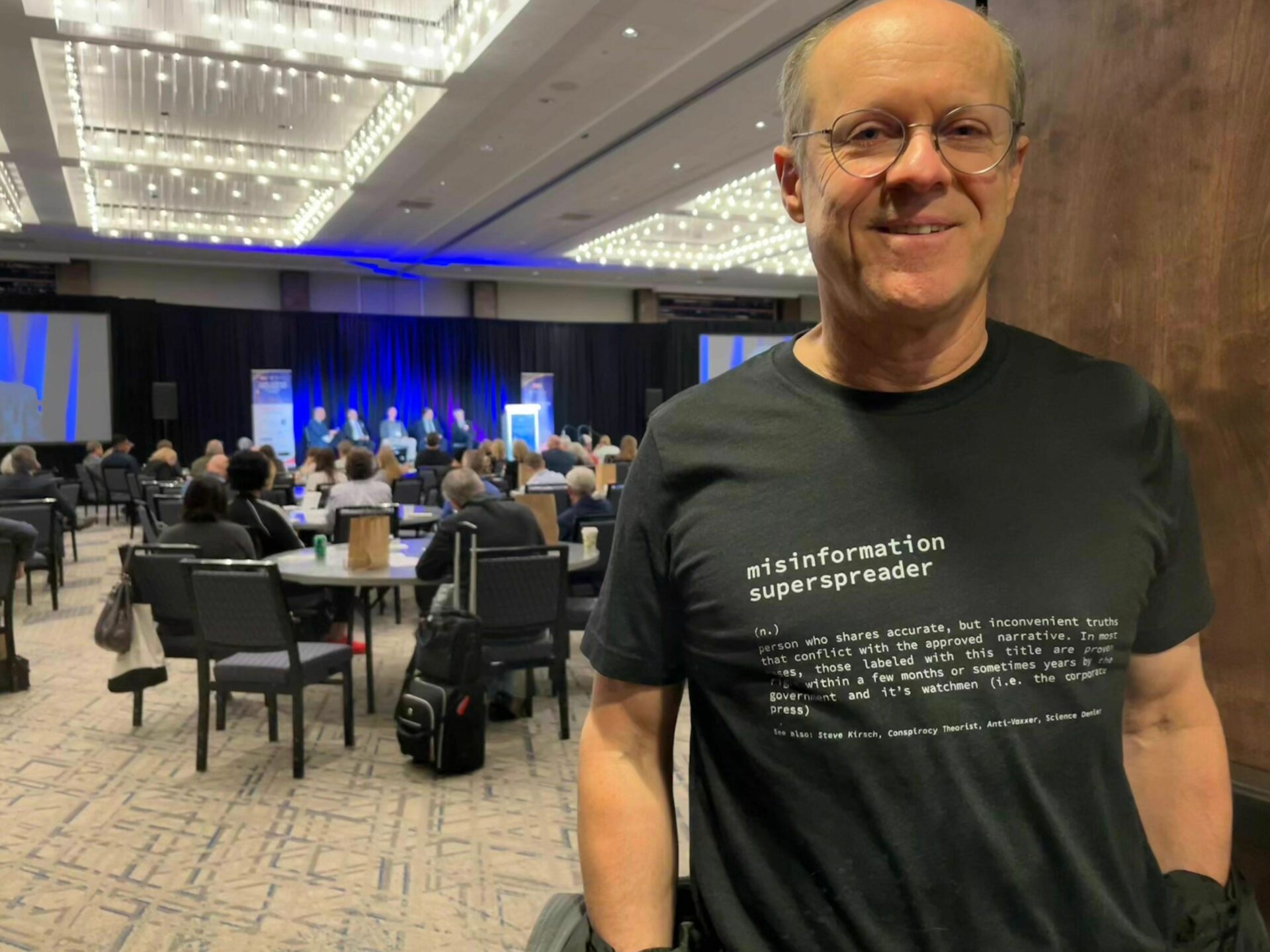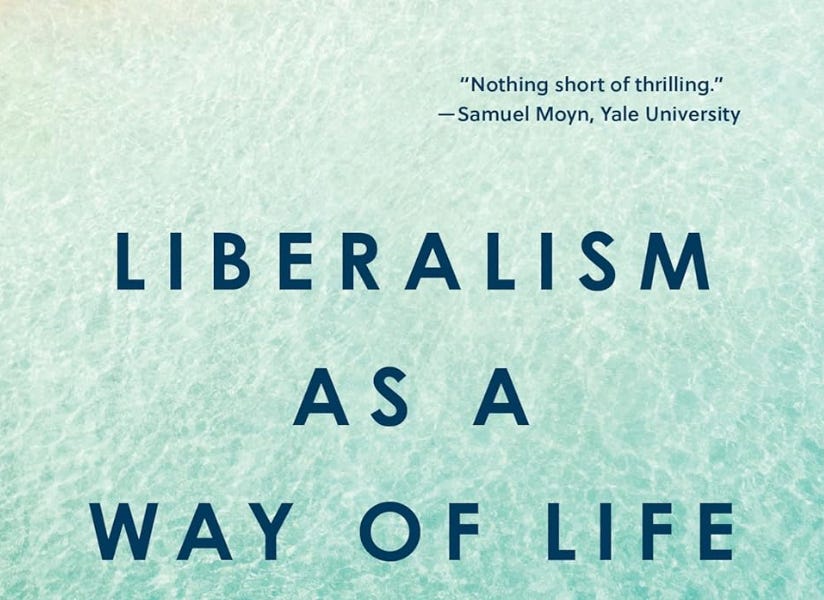I recall seeing this news days ago, but didn't pay much attention to it. Apparently the world isn't going to let it twiddle by into oblivion, though. And as she says, it doesn't actually have anything to do with consciousness.
- - - - - - - - - -
Sabine Hossenfelder: "Brain really uses quantum effects"
PRESS RELEASE: https://www.eurekalert.org/news-releases/1042789
PAPER: https://pubs.acs.org/doi/10.1021/acs.jpcb.3c07936
VIDEO EXCERPTS: This is news that I certainly didn’t see coming. Do you remember Roger Penrose’s idea that the human brain uses quantum effects in microtubules, and that those are origin of consciousness. Yeah, that sounds pretty crazy. But well, it seems that he was right. At least about the microtubules.
[...] I’ve heard more than one person say that what a pity that Penrose fell for this crazy Hameroff person. But, well, I’ve met both Penrose and Hameroff and they’re both crazy of course, but neither of them is stupid. So what are we to make of this microtubule business?
Now comes this new paper from a group that doesn’t seem to have anything to do with either Penrose or Hameroff and they say that they have clear evidence that these microtubules actually do display real quantum effects. More specifically it’s a process called superradiance. It basically requires the molecules to have quantum links to each other to achieve a larger emission of light...
[...] Another interesting part of the paper is that they say that the quantum effects in these microtubules can do something else, which is that they become much more efficient at absorbing ultraviolet light and redistributing it to lower energies. That is, they basically protect cells from the potential harm of ultraviolet light. In the press release, the researchers say if these quantum effects fail that might play a role for degenerative brain diseases. I’m somewhat sceptical about this, but then this isn’t my research area.
What does any of this have to do with consciousness? Nothing really...
video link --> Brain really uses quantum effects
- - - - - - - - - -
Sabine Hossenfelder: "Brain really uses quantum effects"
PRESS RELEASE: https://www.eurekalert.org/news-releases/1042789
PAPER: https://pubs.acs.org/doi/10.1021/acs.jpcb.3c07936
VIDEO EXCERPTS: This is news that I certainly didn’t see coming. Do you remember Roger Penrose’s idea that the human brain uses quantum effects in microtubules, and that those are origin of consciousness. Yeah, that sounds pretty crazy. But well, it seems that he was right. At least about the microtubules.
[...] I’ve heard more than one person say that what a pity that Penrose fell for this crazy Hameroff person. But, well, I’ve met both Penrose and Hameroff and they’re both crazy of course, but neither of them is stupid. So what are we to make of this microtubule business?
Now comes this new paper from a group that doesn’t seem to have anything to do with either Penrose or Hameroff and they say that they have clear evidence that these microtubules actually do display real quantum effects. More specifically it’s a process called superradiance. It basically requires the molecules to have quantum links to each other to achieve a larger emission of light...
[...] Another interesting part of the paper is that they say that the quantum effects in these microtubules can do something else, which is that they become much more efficient at absorbing ultraviolet light and redistributing it to lower energies. That is, they basically protect cells from the potential harm of ultraviolet light. In the press release, the researchers say if these quantum effects fail that might play a role for degenerative brain diseases. I’m somewhat sceptical about this, but then this isn’t my research area.
What does any of this have to do with consciousness? Nothing really...
video link --> Brain really uses quantum effects
Last edited:











